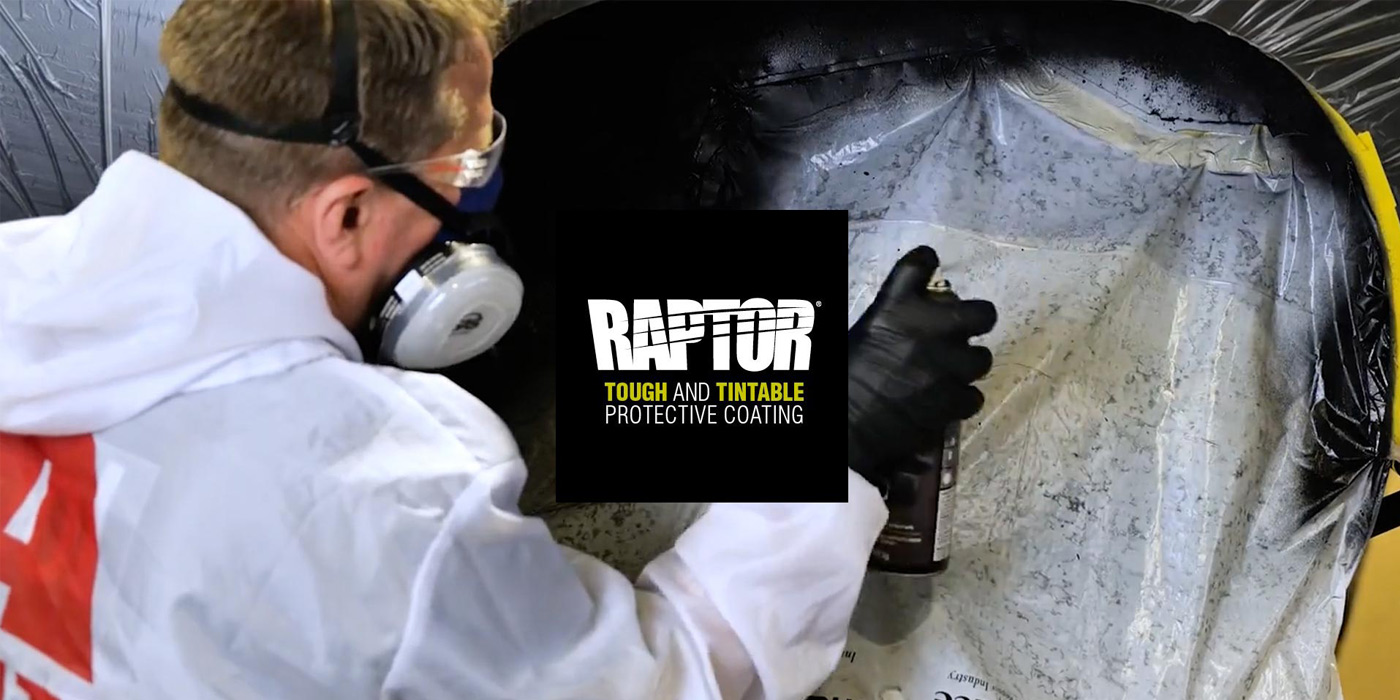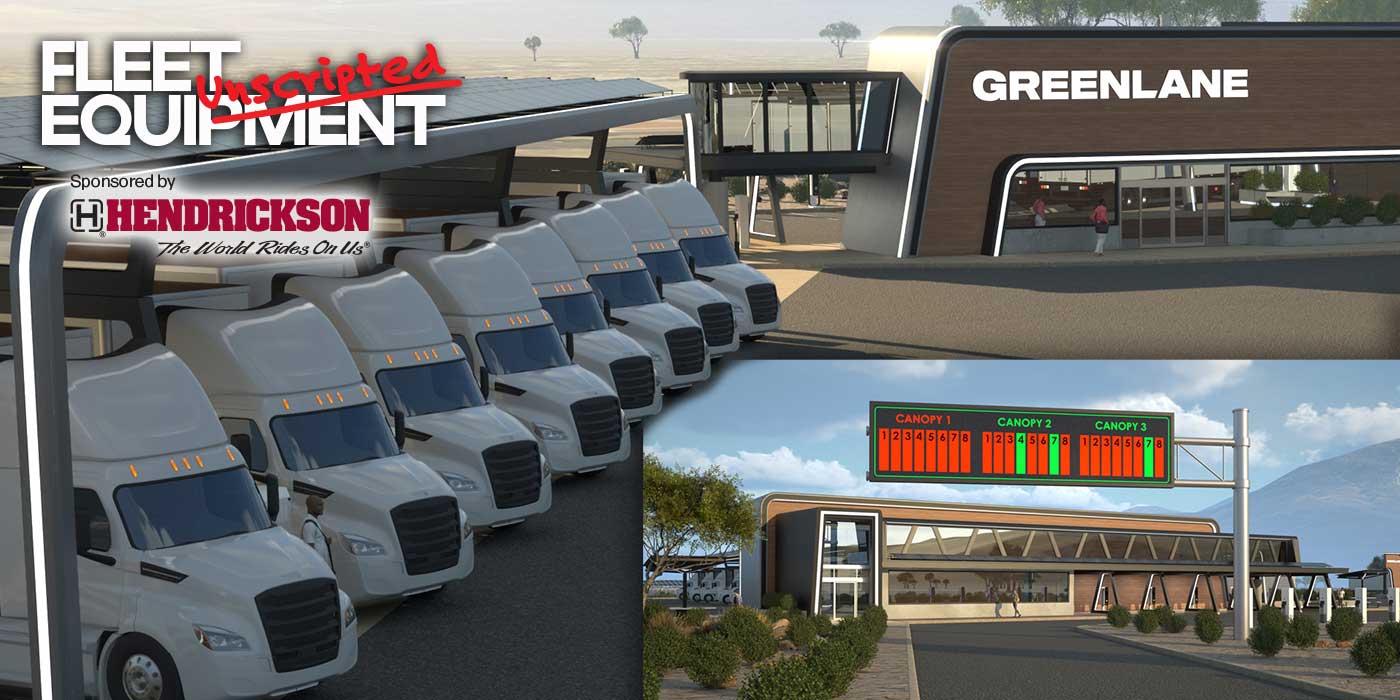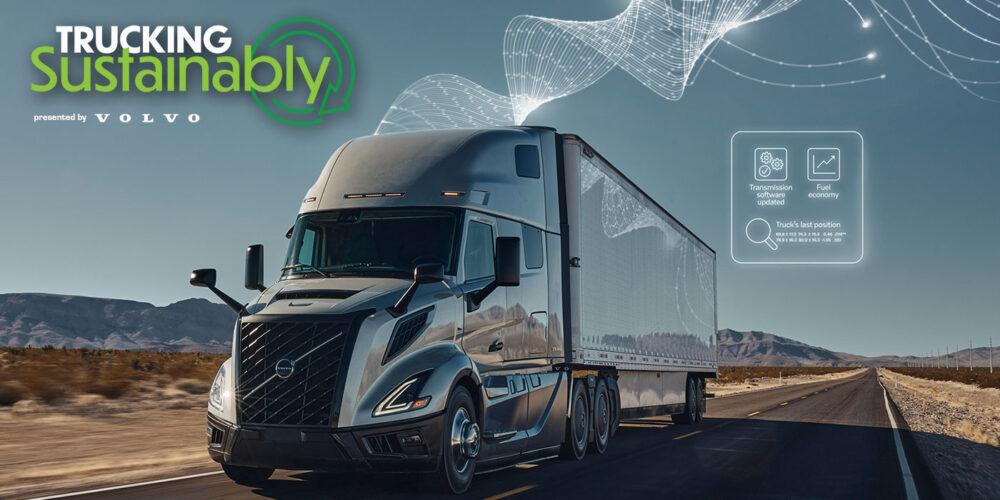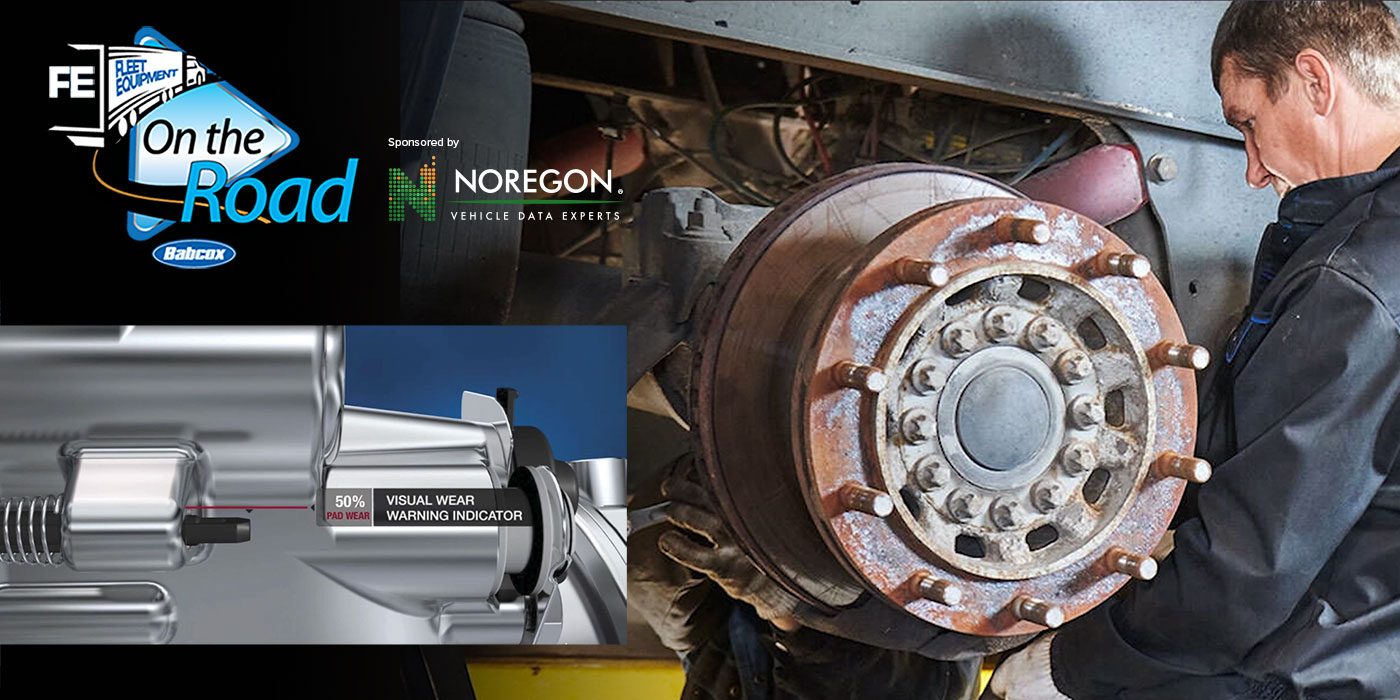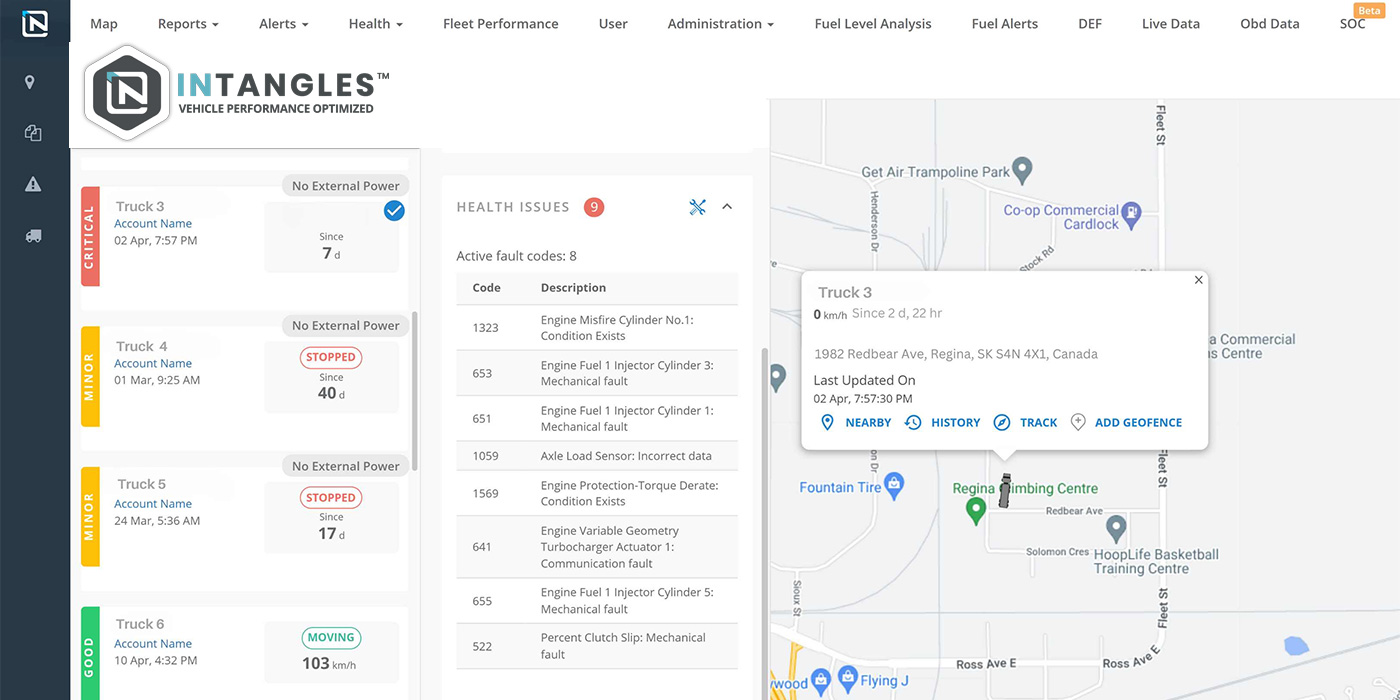If you’re a fleet manager, you aren’t just concerned about running a fleet of trucks. You’re also trying to grow a business, so in the case of many of you, I’m willing to bet there’s a good chance you’re using modern fleet management technology to streamline office operations, coordinate dispatching and remotely monitor fleet maintenance and driver safety.
Click here to watch more of FE’s On the Road video series.
But there’s always another side of the coin, and with all these great benefits comes a potential minefield of security and privacy concerns surrounding your data.
Look, what you do with your data is your business, not the business of thieves and hackers. The number of cyberattacks around the globe is growing. Remember the 2020 SolarWinds attack where a Russian intelligence service snuck malicious code into a Texas-based company’s software update? Or last year’s Colonial Pipeline ransomware attack that took aim at infrastructure moving about 45% of all fuel consumed on the East Coast?
What if one of these attacks was aimed at your fleet? Your trucks?
It’s time for fleets to take cybersecurity seriously, and this isn’t just a responsibility for your IT department—everyone plays a role in cybersecurity.
Fortunately, there are some easy ways to get started. For example, start by keeping all employees – from the drivers to your office personnel – on the same page with a transparent explanation of how fleet management technology collects and manages data.
Share you’re your drivers what data collection looks like from the back office by clearly articulating what type of data is being collected and how it is used. Share who has access to the information, and explain what it is used for. Provide demos of telematics software and an open dialogue for questions. This level of transparency can go a long way toward making employees feel like they are an important part of the data privacy conversation
Next, create an actual data policy document that outlines when, where and what information is collected. Going back to the first tip, don’t forget to answer the why as well.
A few simple things to include in this document could include best practices about not sharing personal login information, reminding drivers that collecting data is key to operational efficiency, and how video data can help drivers to feel protected and dispel false claims in the event that a harsh driving incident occurs.
Next, start exploring tools that you can use to help safeguard your data. Driver management software provides businesses transparency into who is driving what vehicle to help zero in on specific data or incidents, and to avoid over-reporting and sharing.
It’s also a good idea to think about other functions such as privacy buttons, which allow drivers to switch off tracking features when they are making personal journeys, and special administrative controls that can make vehicles more or less recognizable depending on the specific need. For example, vehicles could be identified by their license plate, name or fleet number, and drivers by name or number.
These are just simple tips to tighten up your data security, but there’s a lot more you can do. Our advice is to get a hold of your external industry partners, from OEMs and suppliers to telematics and ELD providers, in addition to your internal colleagues, like IT personnel to drivers. Start the conversation to find out what exactly YOU need to be doing to protect YOUR data.


